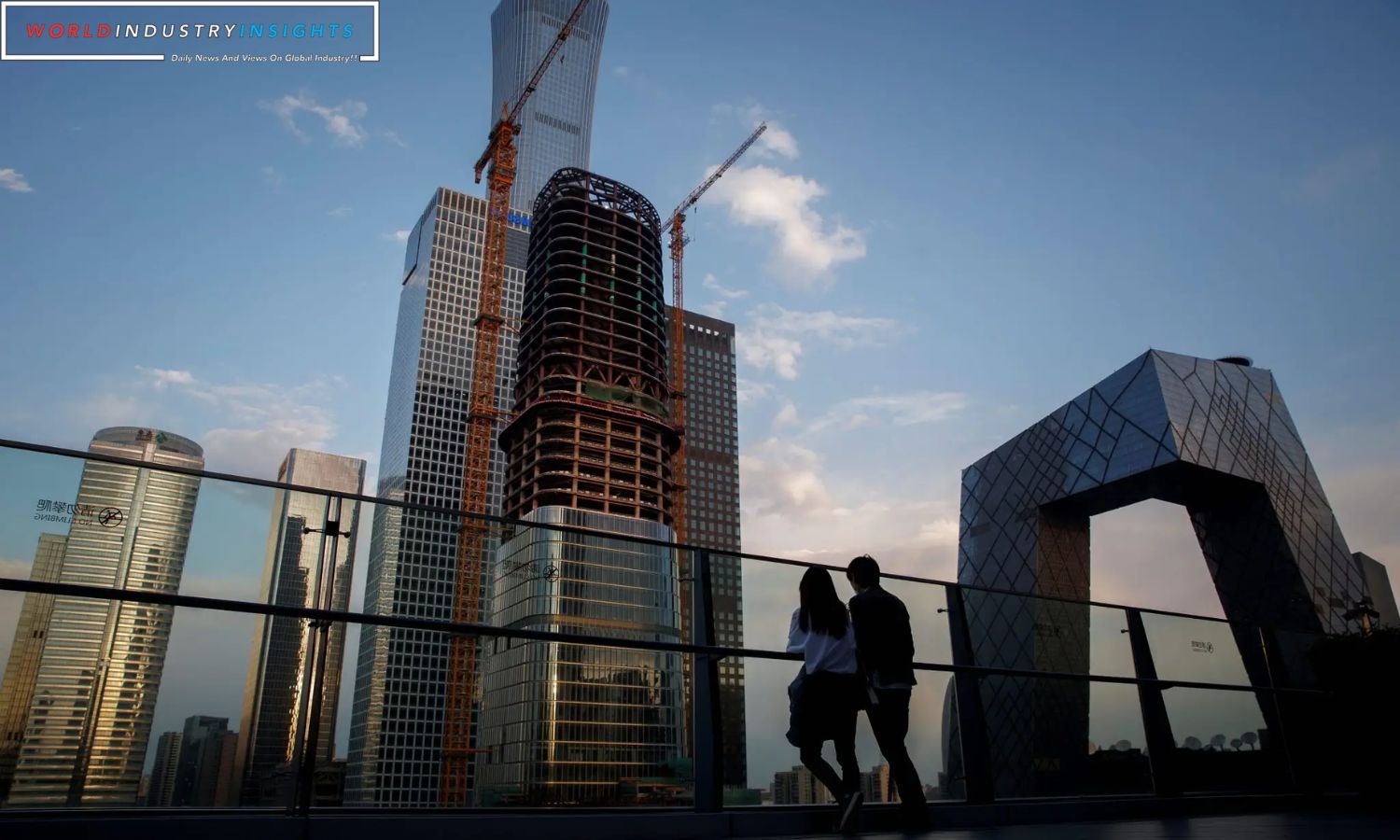China Economic Transformation: China appears on track to achieve its annual GDP growth target, with recent improvements in growth momentum. However, the nation’s central bank governor underscores a crucial shift toward high-quality and sustainable development. In a published speech, he emphasises that the transformation of the economic growth model holds more significance than merely chasing high growth rates.
The central bank has a strategy in place, with plans to maintain reasonable credit growth, ensure ample liquidity, and optimise the utilisation of financial resources. This includes allocating more financial support for technology innovation, advanced manufacturing, and environmentally friendly initiatives.
Notably, monetary policy discussions will focus on both cross-cyclical and counter-cyclical adjustments to navigate China’s economic landscape. The country is working to rekindle growth following challenges stemming from a prolonged property market slump and local government debt concerns.
The central bank governor is keen on maintaining stable financing channels, particularly in property credit and bonds, to address weaknesses in the real estate sector. Liquidity support will also be extended to areas with high debt levels when required.
Moreover, strict control over investment in new projects in high-debt areas is part of the strategy to maintain economic stability. Ensuring the stability of the yuan is another top priority to avoid one-sided market expectations and the risk of currency overshooting. Despite challenges, China remains committed to its economic goals and financial stability.
Also Read: China Economic Policy Shift Sparks Global Asset Managers Long-Term Bets
Our Reader’s Queries
How did China transform its economy?
China’s economic growth was fueled by foreign capital, technology, and management expertise. With its abundant labor resources and vast space, China was able to rapidly develop its economy. The adoption of an open-door economic policy in the early 1980s further accelerated this growth, resulting in a period of high economic prosperity.
What kind of economy did China transition to?
Over the course of three decades starting in 1978, China transitioned from a centrally planned and self-sufficient economy to one that is market-oriented. Despite some recent setbacks, China still holds the title of the world’s largest trading nation. The growth of the nonstate sector has been the primary catalyst for China’s development.
How is China a transition economy?
In 1978, the Chinese government initiated the “open-door” economic policy, which marked a significant shift from an inward-looking to an outward-looking development policy. This policy also brought about a transition from a socialist planning to a market-oriented economic system. This change in approach has had a profound impact on China’s economic growth and development over the years.
What are the economic reforms in China?
The “Boluan Fanzheng” era marked the start of significant economic reforms, which gained momentum after Deng and his reformist allies assumed power. Deng’s appointment as the paramount leader in December 1978 further accelerated the process. By then, the elite had already shown widespread support for these reforms.

